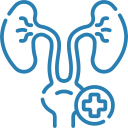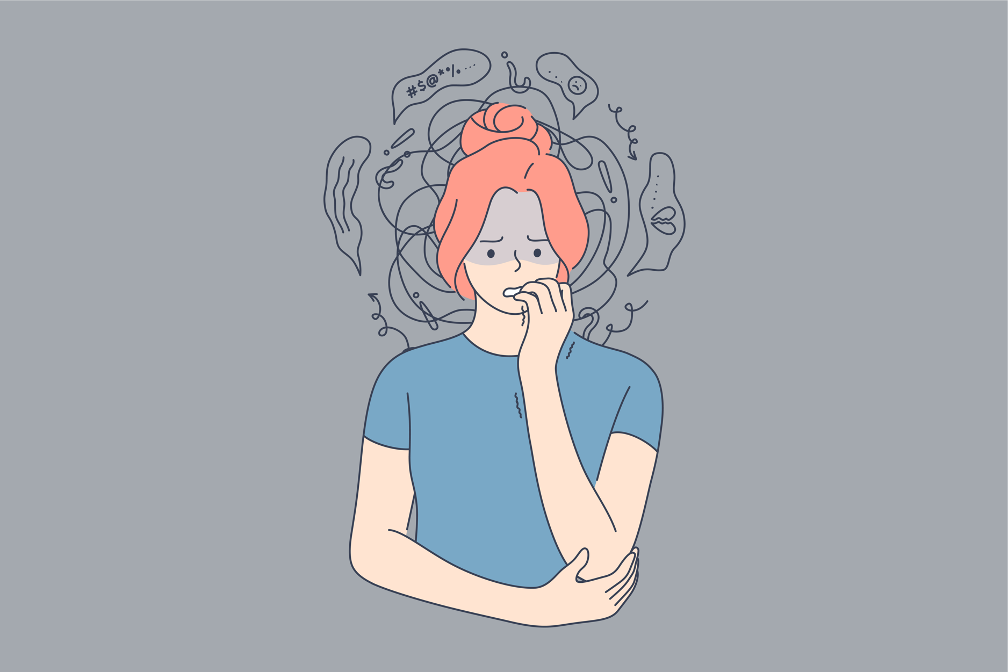People often misunderstand a panic attack if they have not experienced one. While these attacks may result from an underlying physical condition, such as hyperthyroidism or cardiac arrhythmia, they also may come out of nowhere. It is estimated that up to 11% of Americans will experience at least one panic attack per year.
During a panic attack, it may feel like the walls are closing in on you, and as if your heart might burst out of your chest at any moment. Not only do these panic attacks make you feel physically uncomfortable, but they also cause emotional distress that may interfere with every aspect of your life. Fortunately, if you know what to look for and how to handle them, you can manage them effectively so that they do not interrupt your day-to-day life any more than necessary.
Below, behavioral health specialists in Northwest Indiana discuss five of the most common signs of panic attacks you should be aware of:
Shortness of Breath
If you experience shortness of breath that is not due to an underlying medical condition like asthma or pneumonia, it may be a panic attack.
Knowing the difference between an asthma attack and a panic attack is vital so you can seek appropriate treatment for the problem. If you have asthma, your symptoms will often start with chest tightness and difficulty breathing out. If you have a panic attack, your breathing will be rapid and shallow.
Heart Palpitations
An increased heart rate is one of the most common symptoms of a panic attack. Some people feel as if their heart is racing or pounding. This feeling may be accompanied by chest pain. Other people may not have any physical symptoms, but still feel as if their heart is racing and often experience a sense of dread or apprehension.
Chest Pain
Chest pain is one of the most common symptoms of a panic attack. Chest pain may feel like indigestion or heartburn and make it difficult for the person to breathe. It may also feel like you are being stabbed in your chest or have a tight band around your chest that will not loosen. The pain may also cause dizziness, lightheadedness and shortness of breath.
Hot Flashes or Chills
You may experience hot flashes or chills during a panic attack. Hot flashes are caused by the release of adrenaline and may leave you feeling flushed, sweaty and dizzy. Chills are caused by the release of cortisol and may leave you feeling cold and clammy.
Trembling or Shaking
This is yet another common symptoms of a panic attack. Many people who experience trembling will experience it in their hands and feet. Shaking may also happen during a panic attack and last for days.
Shaking is not always a definitive sign of a panic attack as it may also be the result of extreme emotions or stress.
Final Thoughts
If you have ever been on the verge of experiencing a panic attack, it can be difficult to know what’s happenings — especially because the symptoms of panic attacks can be overwhelming. By focusing on key physical symptoms of panic attacks, you may learn to identify when you are experiencing one and how to work though it. If you are suffering from panic attacks, it is best to reach out to a behavioral health specialist at 219 Health Network.
Looking for an Affordable Behavioral Health Specialist in Northwest Indiana?
If you are experiencing panic attacks, do not hesitate to get in touch with a professional. Many different things cause panic attacks, and it is important to figure out the root cause.
Are you looking for an affordable behavioral health specialist in Northwest Indiana? At 219 Health Network, we have behavioral health professionals on staff in offices throughout Northwest Indiana. Contact us today at 833-219-0001 to get started.


